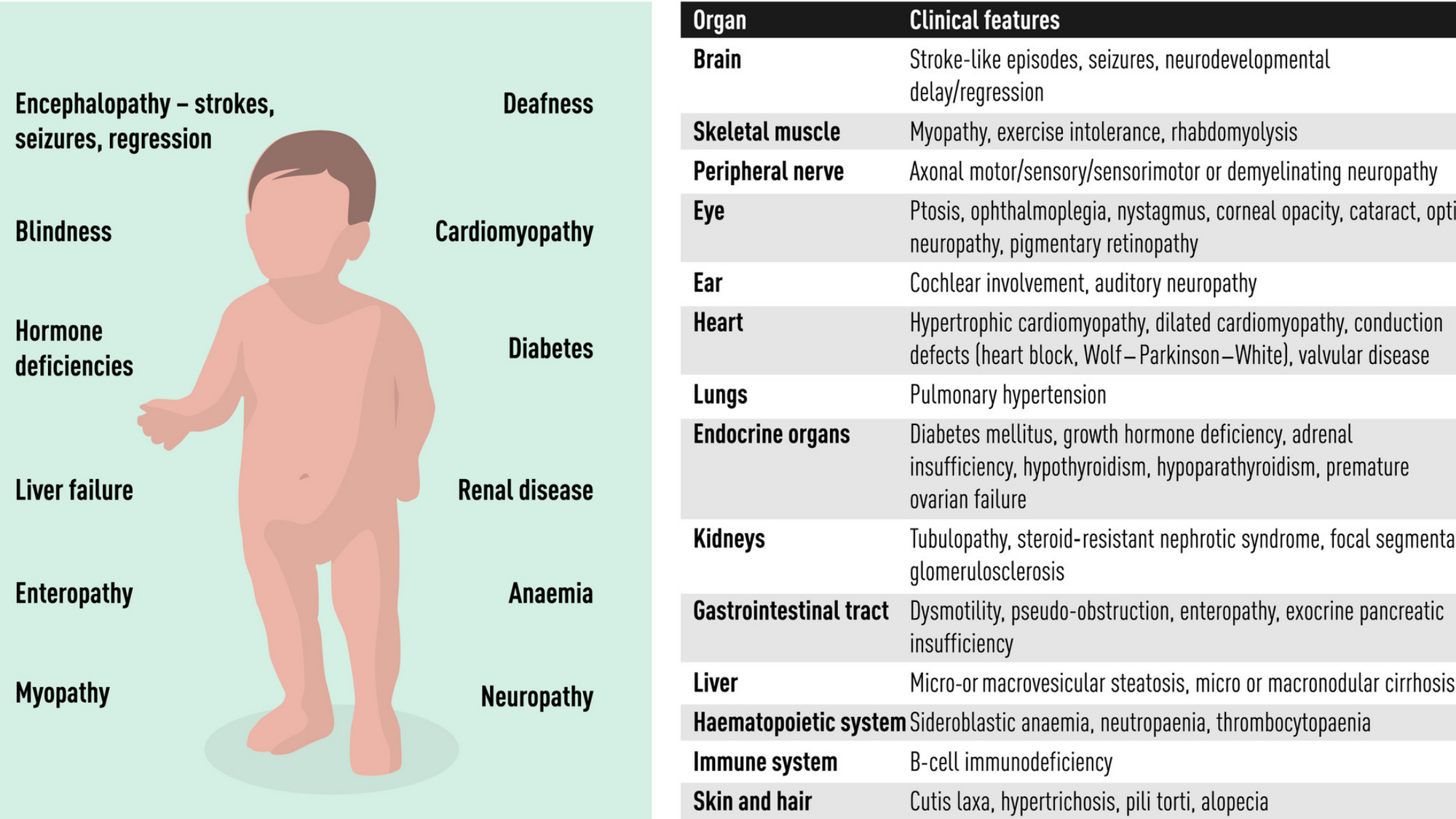
Starting a family with a child is an exciting yet anxiety-inducing step for many couples taking their relationship to the next level. Serious parents will go the extra mile to make sure their future children will have the healthiest start in life possible, but genetic disorders and birth defects can take any parent by surprise.
According to the World Health Organization, congenital disorders are the cause of over 240,000 deaths in newborns worldwide. Thankfully, with a preventative lifestyle and understanding of these disorders, you can understand how to protect your children from these diseases.
In the case of GRACILE Syndrome, understanding its causes, symptoms, and treatment options will especially be useful. It’s a rare genetic disorder that affects a baby’s development of various organs and systems before birth.

What is GRACILE Syndrome?
GRACILE Syndrome, also known as Finland-Grönholm Syndrome, is an autosomal recessive genetic disorder. The condition primarily affects infants and is characterized by impaired growth, progressive muscle weakness, and various organ abnormalities. The name itself is an acronym of growth retardation, aminoaciduria, cholestasis, iron overload, lactic acidosis, and early death.
Let’s break these symptoms down:
- Impaired Growth: Infants with GRACILE Syndrome typically exhibit poor growth both before and after birth. They may have low birth weight and fail to thrive, experiencing significant developmental delays.
- Muscle Weakness: Progressive muscle weakness is a hallmark symptom of GRACILE Syndrome. It can affect various muscles in the body, leading to difficulties with movement, motor coordination, and muscle tone.
- Organ Abnormalities: The disease affects multiple organs, including the liver, kidneys, heart, and lungs. These abnormalities can result in organ dysfunction and contribute to the overall severity of the condition.
- Metabolic Disturbances: Individuals with GRACILE Syndrome may experience metabolic disturbances, including lactic acidosis, a buildup of lactic acid in the body. This can lead to acid-base imbalances and further impact organ function.
That said, there is no cure for GRACILE Syndrome, and treatment focuses on managing the symptoms and complications associated with the condition. Infants don’t even survive past 4 months after birth.

Prevalence of GRACILE Syndrome
GRACILE Syndrome is a rare disorder, with a higher prevalence reported in Finland due to its initial identification in the Finnish population. The exact prevalence worldwide is not well-established, but it is considered to be extremely rare in most populations.
Understanding the Cause & What You Can Do
GRACILE Syndrome is caused by mutations in the BCS1L gene, which follows an autosomal recessive inheritance pattern. This means it’s inherited by the baby from two carrier parents, both contributing one copy of the gene each.
Carriers of a single copy of the mutated gene do not typically show symptoms of the disorder but can pass it on to their children. The specific mechanisms by which BCS1L mutations cause the characteristic symptoms of GRACILE Syndrome are not yet fully understood. Ongoing research is focused on the precise molecular mechanisms underlying GRACILE Syndrome to develop potential targeted treatments in the future.
But for now, understanding that the primary cause of GRACILE Syndrome is genetic, what parents can do is to turn to genetic counseling during their family planning process. It provides information and support to affected families, helping them understand the inheritance pattern, risks for future pregnancies, and available reproductive options.
With a comprehensive genetic test from CircleDNA, you can be aware of the potential genetic diseases you or your partner might carry. By understanding your genetic profile, you can make informed decisions about family planning and take appropriate steps to ensure the health and well-being of your family.





